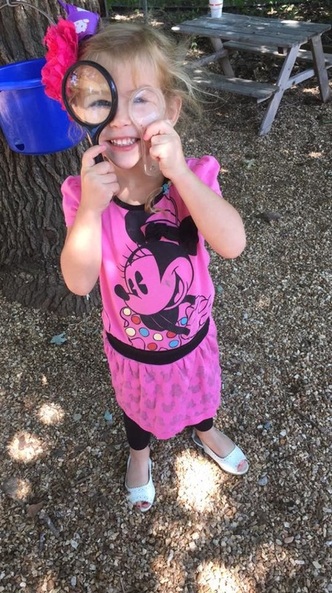 Our preschool days are back in full swing again. Since my kiddos are aged 1-5, in a mixed age setting; what makes us feel happy, sad ,mad, hurt, angry, excited, frustrated, and scared are hot topics for us DAILY. We have said, "Goodbye," to those entering Kindergarten and, "Hello," to new friends. This makes it the PERFECT time to engage the children in a Friends and Feelings study while encouraging social/emotional and environmental choices. Let the play begin! Allowing the classroom display to be on their level and always available encourages the children to ask questions. They may not yet know what the letters are, or the colors, or the shapes; but giving them the time and freedom by encouraging them to touch, hold, and interact with each other and the teachers gives them the opportunity to ask, "What is it?" Conversations like these provide us the open door to teaching and learning. We teach by answering their questions again and again, we learn by listening to their questions, observing when those questions begin to develop into more complex ideas and "follow-up" observations. We can, with that information, determine what they are ready to learn next and what their interests are. I love a mixed age group. I love watching them make choices of who to engage, the verbal and body language they use with their friends of differing ages as they create an invitation to play, and stepping in to provide them with the skills to help them further their conversation and understanding of their friends. So What Are We Learning Today?We began our preschool day with discovering all the new aspects of our Friends and Feelings display wall from Mother Goose Time Preschool. We are discussing the numbers 1 & 2, the letter and words that start with "F," the circle, and color blue. We went around the room with our "blue brush" tapping on objects that were the color blue. We then got out our "Global Friends" from Poland, France, and Korea as we learned the words they use to say, "Hello!" These are challenging and we are working on them!!! We then went to our free play time encouraging the children to move to Dramatic Play, Manipulatives, Blocks, Library, and provided our More Math curriculum enhancements books to those that wanted to further discuss and practice writing the numbers 1 & 2 and give representative drawings of the numbers. We believe choice is essential to the willingness these children have toward learning. We do this by providing several elements of play in all areas of appropriate development for all our age groups. Our block area will have blocks that range in size, texture, and color. We have MANY options so children can choose to work together or independently. In our Dramatic play, we have puppets and dolls with the differing emotions of happy, sad, excited, mad, and scared that allow our children to extend their conversations to include scenarios of emotion. "Making choices is part of problem solving. When given choices, children stretch their minds and create new and unique combinations of ideas and materials." - Morrison, 1997 http://www.earlychildhoodnews.com/earlychildhood/article_view.aspx?ArticleID=607 With providing a classroom full of options that are always available to each child, we are giving them the option to also display a wide range of feeling in themselves and others as they conflict and converse with each other. We are then able to help them understand their feelings and how they affect themselves and others. Often we ask the question, "Was that helpful or hurtful?" when child is in conflict or kind to another. We allow them to answer. From their answer we can determine their understanding and development. Why Do Feelings Matter So Much Anyway?" Studies show that the most important skills to learn in the beginning of the year are social: cooperation, self-control, confidence, independence, curiosity, empathy, and communication." - Why Social Skills Are The Key To Learning;http://www.scholastic.com/parents/resources/article/social-emotional-skills/why-social-skills-are-key-to-learning Why? Because a child is a whole and complete person already. They are not a recording device (though trust me....they will spout out the most accurate description of your potty mouth at the most inopportune moments, wont they??!!). Our aim is to help the child develop skills as the whole person they already are. What? Play-Dough Again??!!Shapes, colors, fine and gross motor skills, social/emotional skills building, observations, and new experiences are all happening in this moment of "playing Play-Dough." As they participate in group play, they have to ask one another to share tools, colors, and shapes. This can sometimes end in sharing and other times in conflict. However, conflict is NOT failure, it is VALUABLE opportunity for learning. In conflict we can practice using alternatives and choices. We will often prompt a child to ask questions like, "May I have that when you are done?" or offer trades. This helps both children to understand that both needs are important....the need to keep and the need to share. Discovering Feelings, Celebrating Friendships, and Encouraging Choices.....Powered By Play!We have celebrated a birthday, painted with our fingers, brushes and even noses, and have made FRIENDS.
When we allow the environment to revolve around the needs of the child, education develops optimally....naturally. I wish you well and I hope you get to play today. -L
0 Comments
 A bag full of stress relief! A bag full of stress relief! What can you do with a paper bag in pre-k? EVERYTHING!!! My favorite thing to do with a paper bag is unconventional stress relief! What? They are kids! They don't have a reason to be stressed! Right? Well.....maybe not! In pre-k world the reasons may not always make sense to those of us "adulting." But they are real nonetheless. Here in the Midwest we have had lots and lots of rain. We play regardless, but when the storms are in full swing it's just not an option. So when the littles get the wiggles and nap is upon us, I can quickly grab a paper bag and make up a new game. You see I have a large group of boys. They NEVER stop!!! They crave heavy resistance play. They crash! They bang! They tear it up!!! This is not the "coloring" crowd. This boy band never rests. So.....the challenge for a teacher is to find activities that promote a safe way to release all this before it erupts into all out WWF (World Wrestling Federation for those who don't know!)! Today, I gave them each a brown crinkly paper shopping bag (I had visited Aldi's the night before) and gave everyone one simple instruction. "Make this bag as small as you can!" The fun ensued! We had stomping, smashing, giggles and grins. Boys especially need this type of play in a preschool setting. Look at the determination! They were squeezing with all their might. They are wired to NEED large muscle work. This type of exercise is vital to developing their healthy bodies, muscles, and minds. It actually helps them to be able to calm their little bodies. After this type of release, a little fella' is far more able to be still for stories and circle times. Have boys that can NEVER seem to settle down? Try heavy resistance play! So where is the science of it all?Boys (and girls) who need this type of play, "...may seem disruptive, full of excessive energy, or even unsafe. These are the crashers, jumpers, movers, and shakers! These are the children we ABSOLUTELY want to target with heavy work activities. It WILL make a difference in them!" - http://www.sensory-processing-disorder.com/heavy-work-activities.html Now don't get nervous if this describes your child! I'm not indicating that every kiddo that seems to play crash derby has SPD; I TRULY believe that most boys in the pre-k years are wired to need this type of active energy releasing play as a part of their DAILY lives. They are not made for quiet table activities that will actually promote MORE anxiety and classroom disruptions.
The following is an extensive list from http://www.sensory-processing-disorder.com/heavy-work-activities.html article of types of play that helps children direct this energy safely while still meeting their real needs of "heavy" sensory engaging play. Gross Motor ActivitiesCarrying objects, such as...
Wearing wrist or ankle weights Using a weighted lap pad or weighted blanket Swimming with or without swim weights Pushing or pulling objects and activities, such as...
Potato sac/ jumping bag races Lizard crawl (belly on floor, push self with elbows) Climbing/hanging on things, such as...
Walking/running/playing in the sand "Sandwich"/ Squishing activities...
Working at vertical surfaces (at/above eye level), such as...
Fidget or play with stretchy/squishy items, such as...
Multi-person parachute games and activities Cooking activities, such as...
Dig and play in the sand toy backhoe, or with some cool beach and sandbox toys usingsand and water tables or, wooden covered sandboxes Oral Motor Activities: Chewy foods such as...
There are so many ideas and resources in this list that we could keep those busy bodies happy and learning for weeks. I hope this gives you some fresh new ideas for helping your little ones grow and understanding how really "normal" it is for little ones to engage in "heavy" sensory and active play. It isn't something we need to worry about or discipline our children out of. It is truly all in a day of play at Woolsey Academy. I wish you well and I hope you get to play today! - L Related Resources from the article http://www.sensory-processing-disorder.com/heavy-work-activities.html The Out-of-Sync Child Has Fun, Revised Edition: Activities for Kids with Sensory Processing Disorder Growing an In-Sync Child: Simple, Fun Activities to Help Every Child Develop, Learn, and Grow Check out more great products, heavy work activities, and ideas within these two articles... Sensory Integration Activities and Sensory Integration Products Childrens Playground Equipment - A comprehensive article on the benefits, and a great selection of, children's playground equipment. This includes; outdoor, indoor, wooden or plastic playground equipment, AND climbers or swing sets. Oral Sensitivities - A great resource for the signs of oral sensitivities (hypersensitive or hyposensitive) as it relates to Sensory Processing Disorders, as well as great treatment ideas! Proprioception And Proprioceptive Dysfunction - An in-depth article defining proprioceptive dysfunction; signs and symptoms to help you understand the REAL reason your child may not be able to learn new motor tasks or has a high energy level. Sensory Room - extremely therapeutic for both children and adults with, or without, sensory processing/sensory integration disorders. http://www.sensory-processing-disorder.com/heavy-work-activities.html - an extensive article about ideas and tips to help those in need of "heavy" play. By www.sensory-processing-disorder.com |
Life is made of moments..."There isn't anything more full of hope, joy and peace than a child's smile... It captures the mundane and makes it extraordinary." - LaDonna Woolsey I am a Mother Goose Time Blogger. I decided to become one after trying their products because I they are comprehensive and serve my mixed age group well. I do receive products to review from Mother Goose Time and do so with my own honest and thorough opinions. For more information, please contact me at [email protected]
Categories
All
Archives
November 2019
Categories
All
|
Location |
|

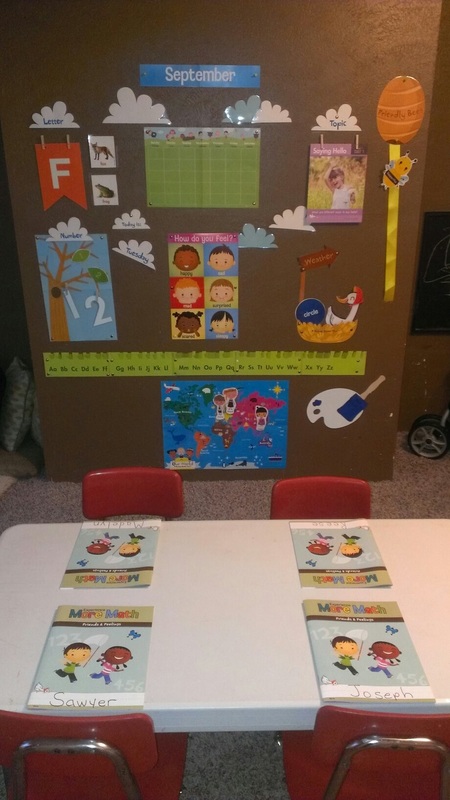
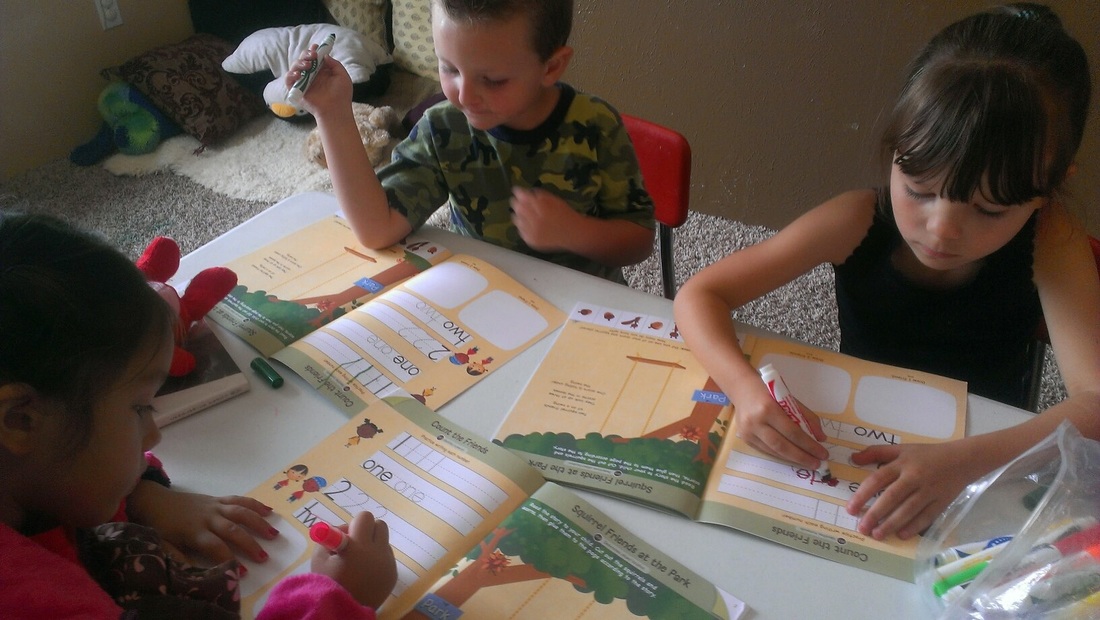
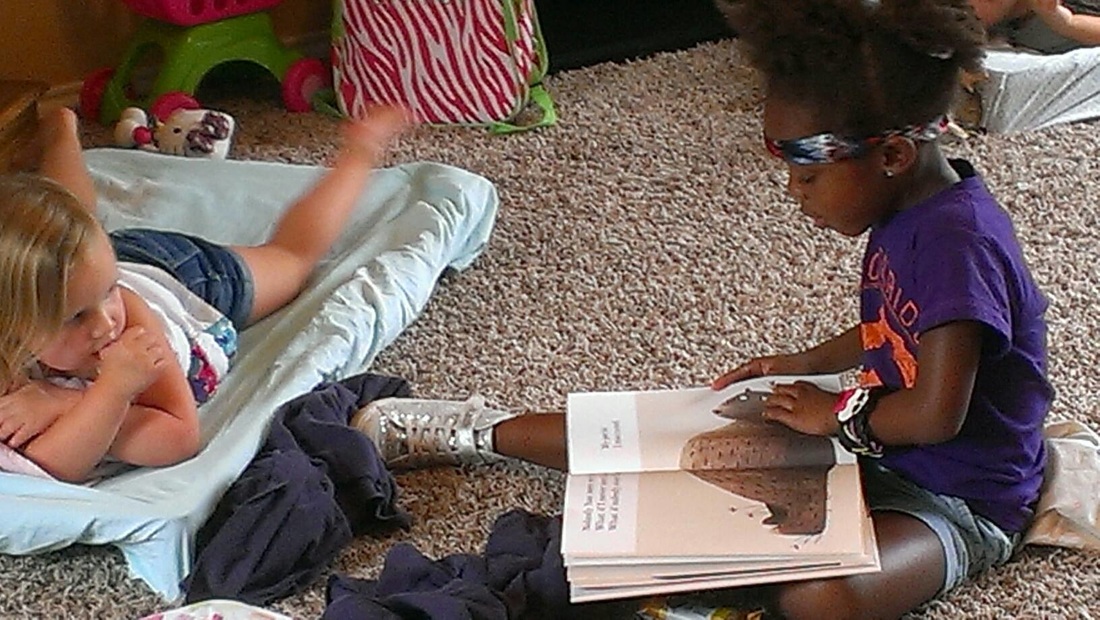
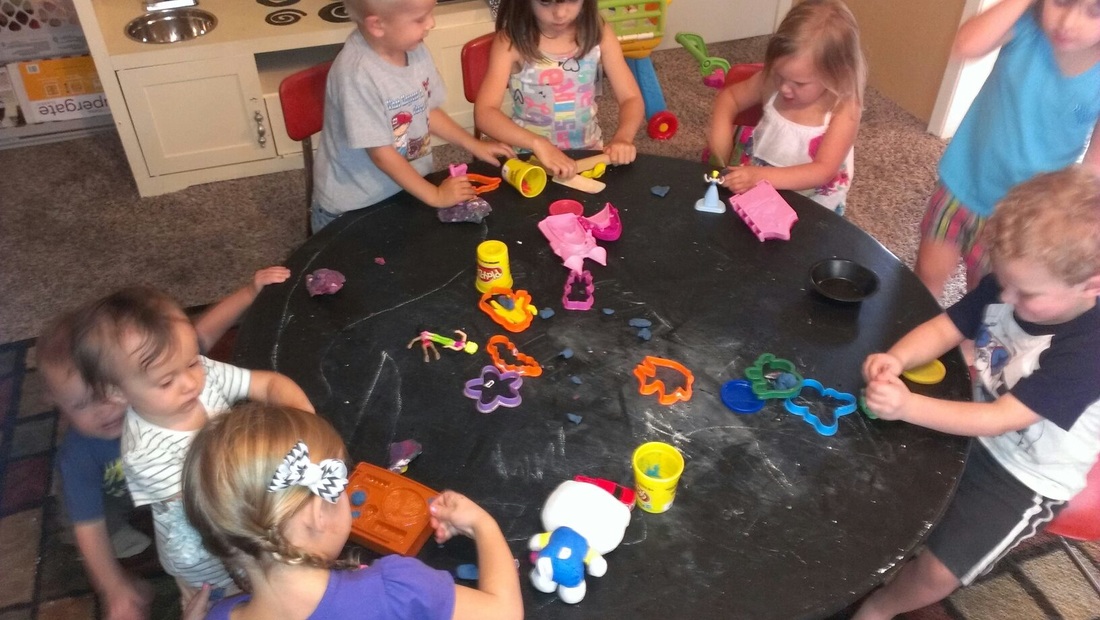
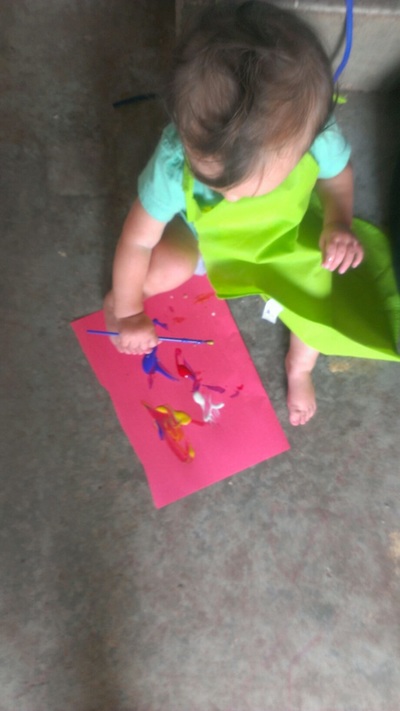
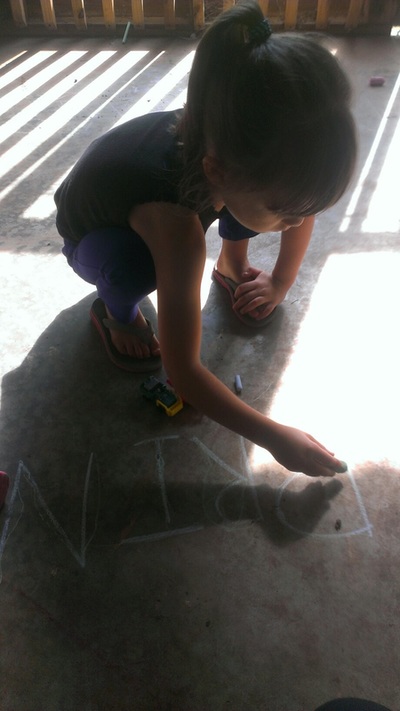


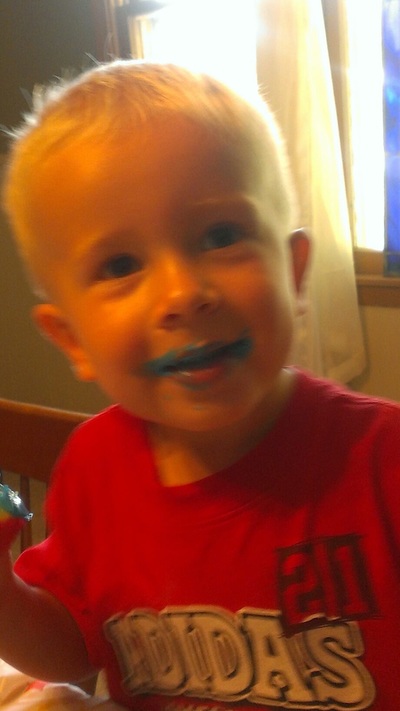

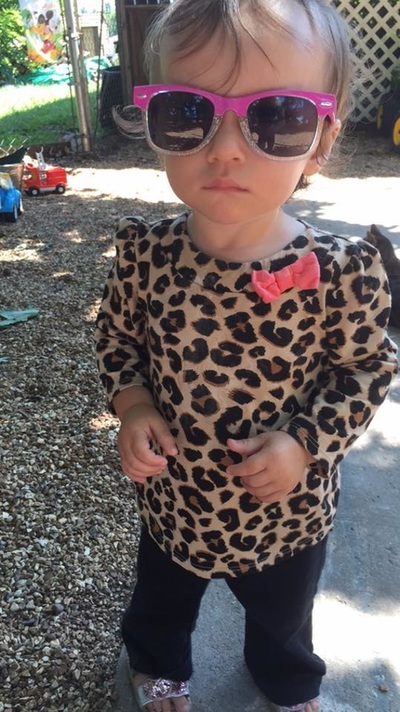


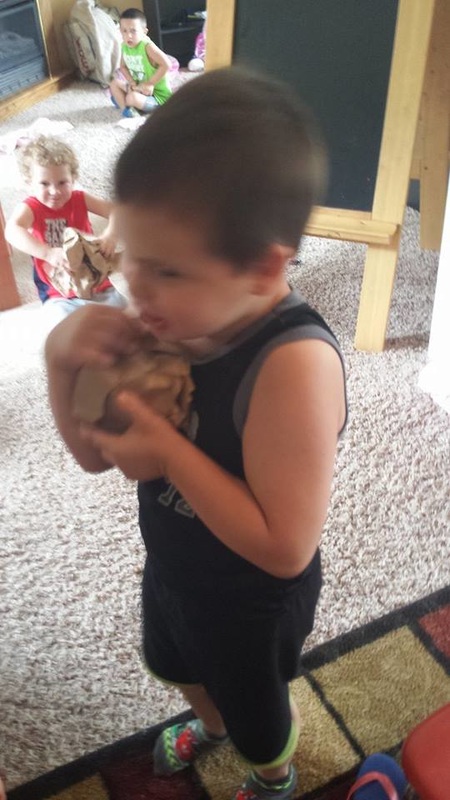


 RSS Feed
RSS Feed
